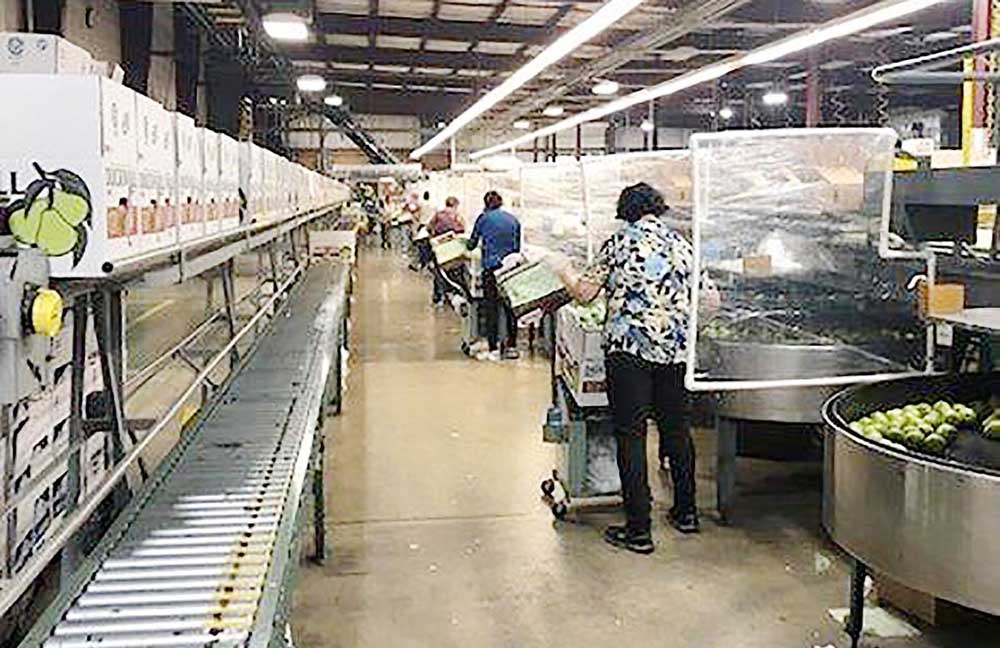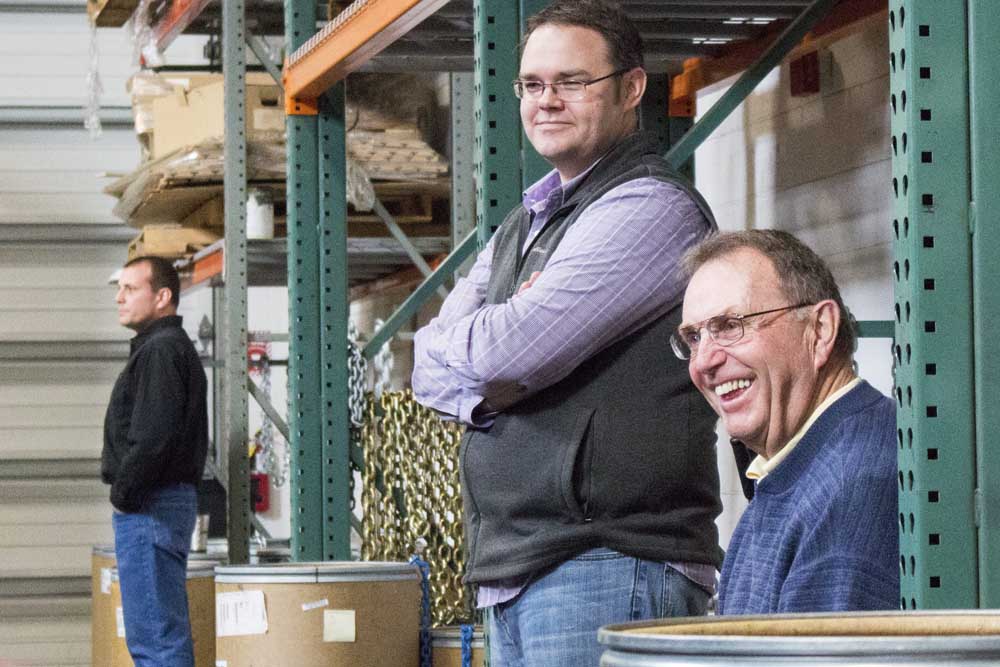Our View: Food producers do the heavy lifting
Published 12:30 am Thursday, July 30, 2020

- Workers at Duckwall Fruit in Hood River pack pears.
Feeding America is a tough job, but farmers, ranchers, orchardists, fishermen, dairy operators and food processors rise to the occasion every day.
Trending
Together, they produce plenty of affordable food for the nation’s 328 million people, plus plenty left over to help feed the rest of the world.
But when COVID-19 showed up last winter, our exceedingly complex food system got even more challenging. Deemed an essential industry, all sectors of the nutrition industry had to make sure plenty of food was produced — while dealing with a pandemic that threatened the health of their employees.
The results of their efforts can be seen in the nation’s 38,307 grocery stores, where any shortages have been few and temporary and customers can still find every type of fresh, frozen and shelf-stable food. A typical grocery store carries 40,000 to 50,000 items.
Trending
It’s not been easy and the learning curve has been steep for everyone trying to deal with a virus that is easily spread where people are in close quarters — such as in Columbia River and Willapa Bay seafood processing plants.
In the orchards, cherry harvest has continued and other tree fruits and berries are ripening while farmers take precautions to limit the possibility of spreading the virus. Masks, hand-washing and other precautions help stop the spread of the virus.
Harvest of other crops is continuing as well, with farmers and ranchers doing their best to keep workers healthy and safe.
The Northwest’s 150 food processors have developed best practices for coping with COVID-19, often with the help of state agencies. Working together, they have been able to minimize the spread of the virus.
They have spread out work stations and installed partitions, staggered break times, tested for the virus and checked temperatures to prevent possible contamination as workers sort and pack fruits, butcher cattle, hogs and chickens, process fish and pack vegetables.
A major challenge for everyone in the industry has been educating employees to prevent the spread of COVID-19 when they are off work. Trying to prevent the spread of a disease that doesn’t even show symptoms in many is impossible. Worse yet is the fact it is fatal for a few who contract it.
The bottom line is that food producers have been doing the heavy lifting during this pandemic. No one involved in fishing, or growing, harvesting or processing crops can work from home. No one in fisheries or agriculture can have a Zoom meeting and call it a day.
The miracle of modern food production requires plain old hard work — and lots of people. Nationwide, more than 22 million people work in food-related jobs.
Three times a day, we are thankful they are all on the job.









